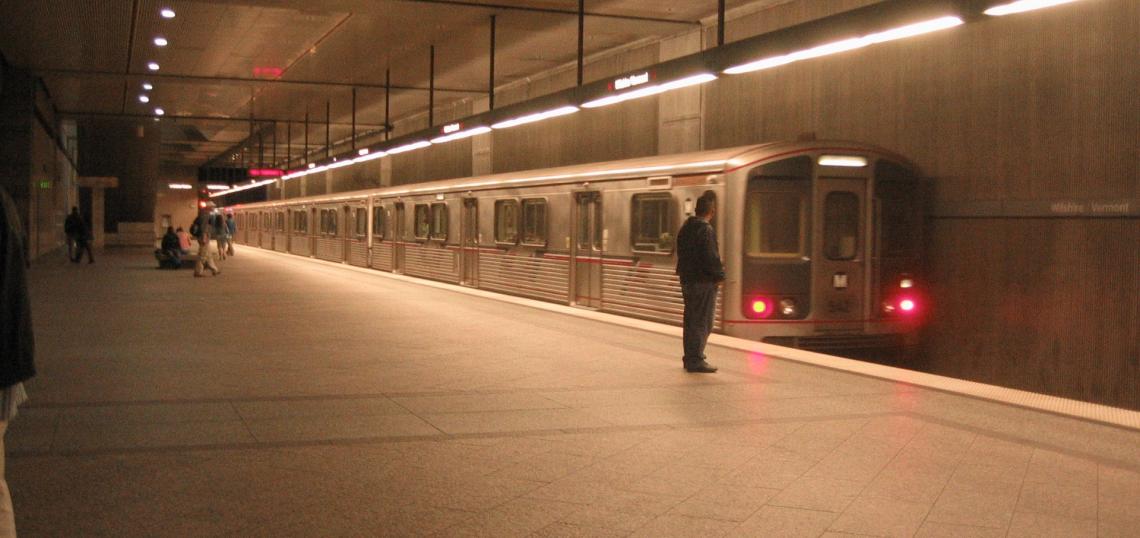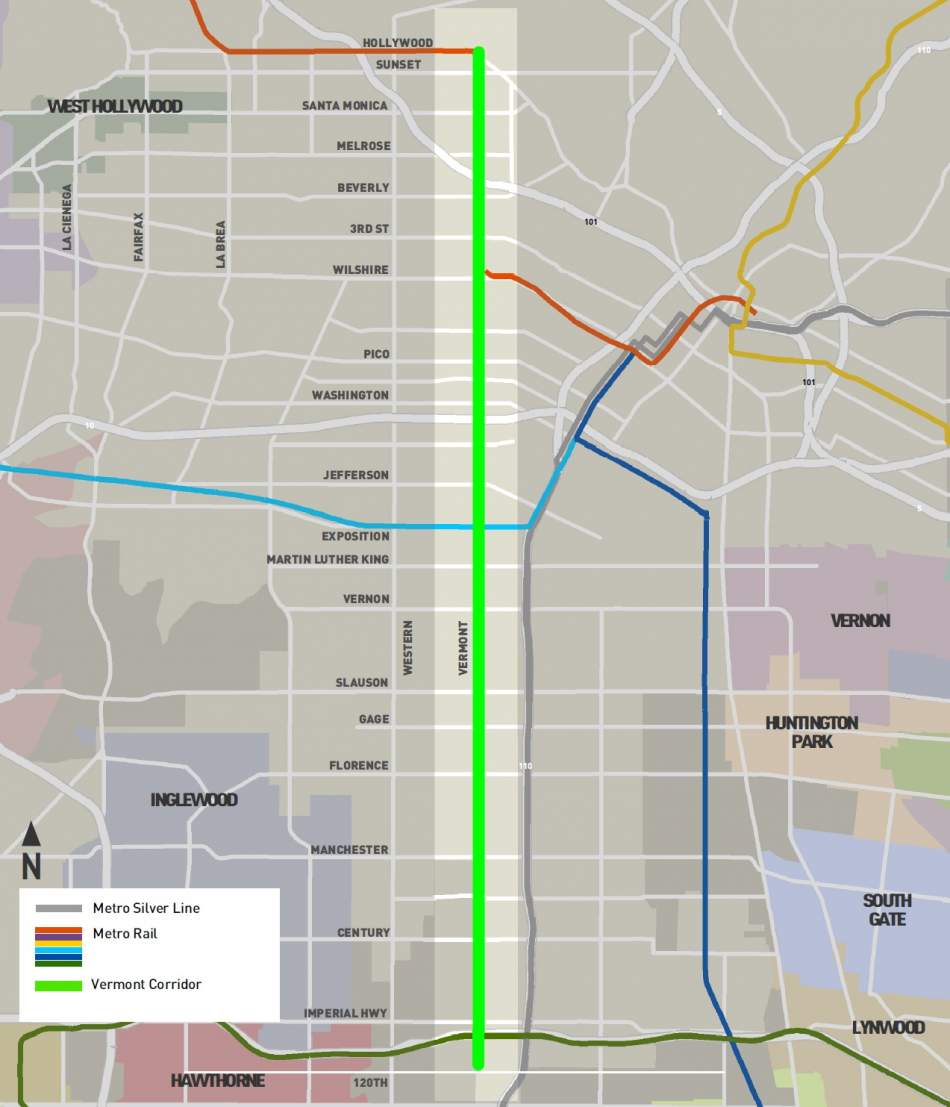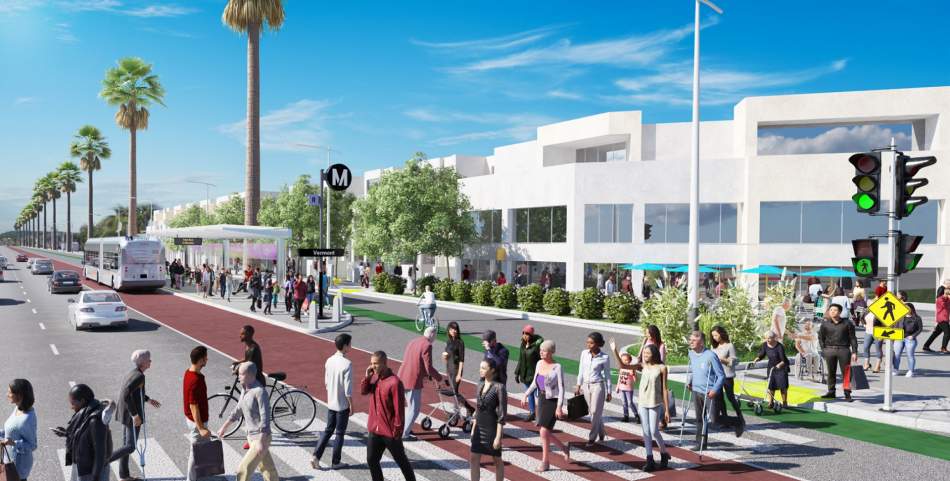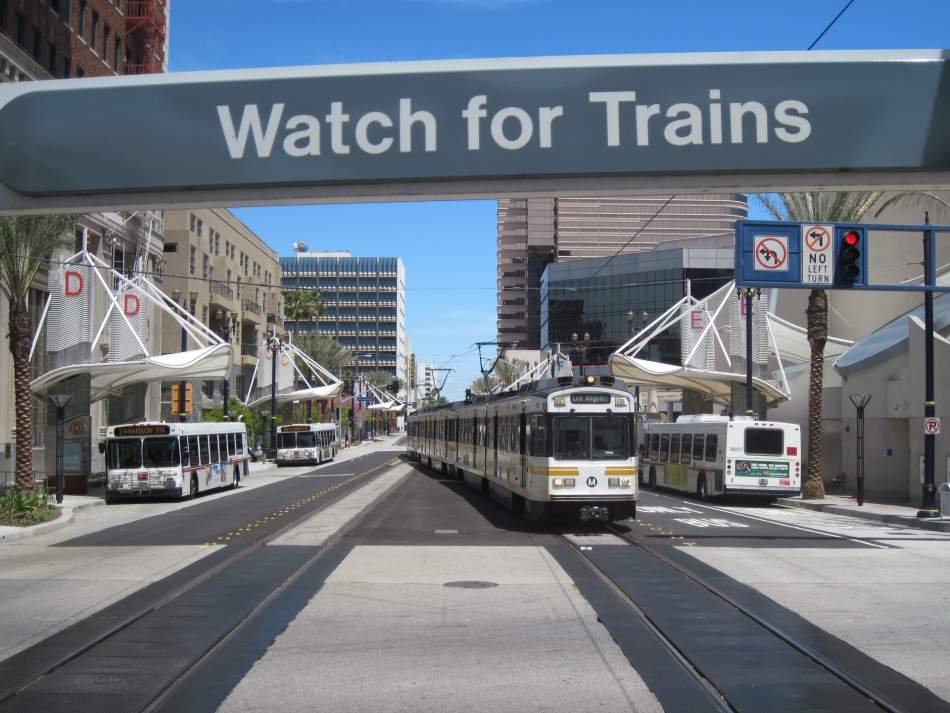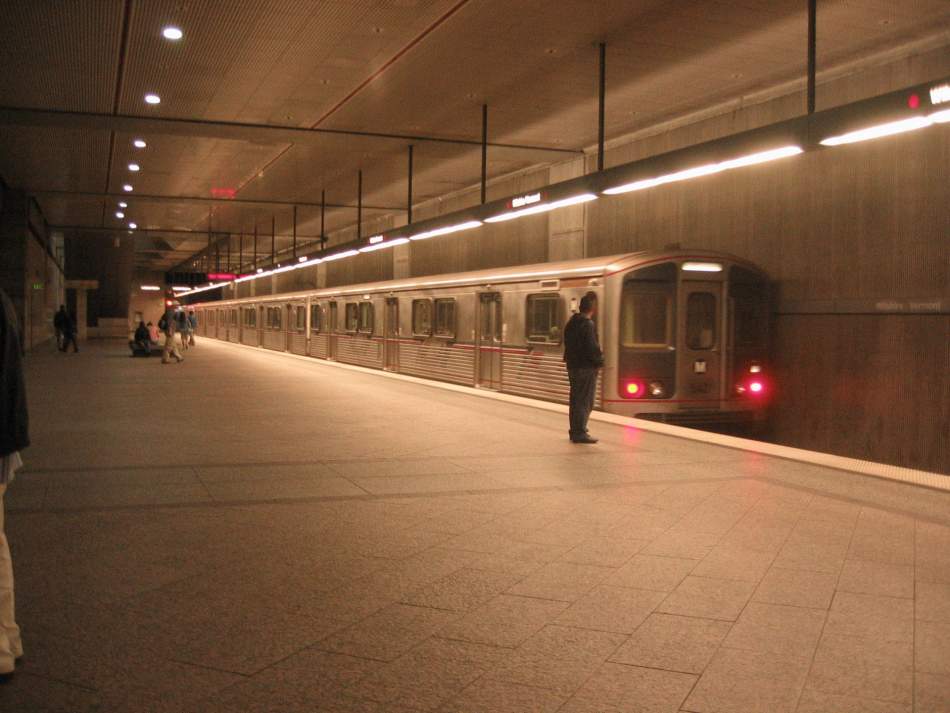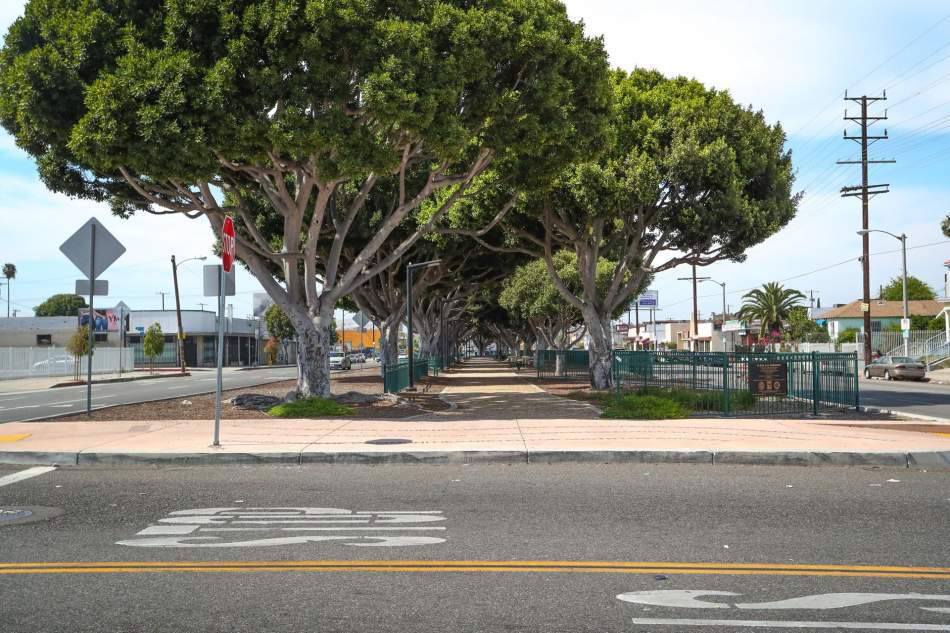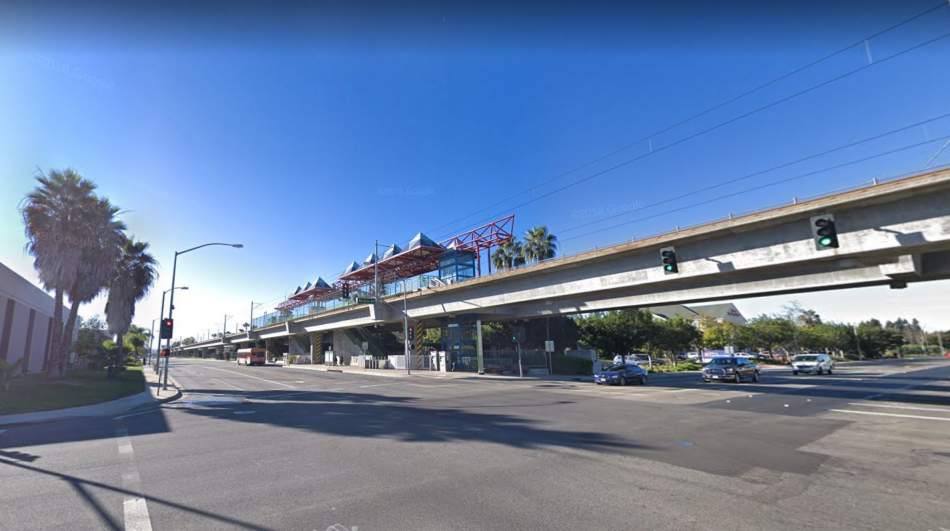A report to be given this week to the Metro Board's Planning and Programming sheds light on how an as-of-yet unbuilt bus rapid transit line on Vermont Avenue could be converted into a rail line in the distant year of 2067.
The $425-million project, which was one of many projects approved through the passage of Measure M in 2016, is slated to begin construction in 2024 and open by 2028. It would extend approximately 12.4 miles starting at Hollywood Boulevard in Los Feliz and terminating just south of the Vermont/Athens Green Line Station at 120th Street.
According to the report, the Vermont Corridor runs through some of the most densely-populated parts of the Los Angeles basin - with more than 150,000 total residents in the study area - and touches important activity centers including USC, Exposition Park, Los Angeles City College, and the cluster of hospitals at Sunset Boulevard. Existing bus service on Vermont already captures 45,000 weekday boardings, making it the second busiest corridor in Los Angeles County following Wilshire Boulevard.
Initial concepts for the Vermont Corridor include side-running BRT (similar to the bus lanes on Wilshire and Figueroa Street), center-running BRT (where buses would use exclusive lanes in the median of the road), or a combination of the two.
After an analysis of several modes of rail transit, three preliminary concepts were determined to be the most promising:
- Center-running light rail transit - similar to the Blue Line - with below-grade between operations between Wilshire/Vermont Station in Koreatown and Gage Avenue, where trains would proceed to an at-grade alignment within a wide center median to 120th Street;
- An extension of the Red Line starting at the corner of Vermont and 3rd Street, continuing south in a fully below-grade alignment to 120th Street; and
- A standalone heavy rail line starting at Wilshire/Vermont Station and proceeding below-grade to 120th Street.
The proposed light rail line would be the least expensive of the three alternatives, costing between $4.4 billion and $5.2 billion based on current construction costs - and up to $21.1 billion in 2067. It would attract approximately 91,000 weekday riders based on 2042 conditions, which is lower than the two heavy rail alternatives.
A Red Line extension would be the most expensive alternative, with an estimated budget between $7.1 billion and $8.4 billion based on current conditions, and upwards of $34.7 billion in 2067. But as an extension of an existing service, as well as a more direct connection to the Purple Line, it would attract the highest ridership of the tree options studied: an estimated 116,000 to 144,000 daily boarders based on conditions in the year 2042.
Construction costs for a standalone heavy rail line would offer a modest discount compared to a Red Line extension, with cost estimates ranging between $5.9 billion and $6.9 billion based on current conditions - and as high as $28.4 billion in 2067. But similarly to the light rail alternative, the forced transfer would reduce its ridership potential; a ridership forecast estimates somewhere between 103,000 and 131,000 weekday boardings.
On account of the length of the Vermont Corridor, the study considered a construction scenario in which a rail line is built in two phases, the first of which would run between Wilshire and Exposition Boulevards, and the latter of which would run between Exposition and 120th Street.
Though constructing BRT along Vermont Avenue would not preclude a future conversion to rail, each rail concept poses unique challenges. A light-rail line operating at-grade to the south of Gage Avenue could potentially mean the loss of park spaces that have been built into Vermont's center median, while an extension of the Red Line would disrupt existing transit service during the course of construction. A standalone rail line between Wilshire and 120th Street - whether light or heavy rail - would require the construction of a new maintenance and storage facility for rail vehicles, necessitating property acquisition in the industrial tracts near Slauson Avenue or south of the Green Line.
However, the biggest impediment to a rail line is money, or specifically a lack thereof. Though Measure M dedicates $25 million to the Vermont BRT project - already well short of the estimated $425 million budget - no funds are currently appropriated for the construction of a rail line between Wilshire Boulevard and 120th Street. Heavy rail construction costs are further inflated by proposed below-grade operations along the length of Vermont Avenue, despite a wide median south of Gage Avenue that would provide sufficient space for trains to run on elevated tracks, similar to the Green Line through El Segundo.
- Vermont BRT Archive (Urbanize LA)




